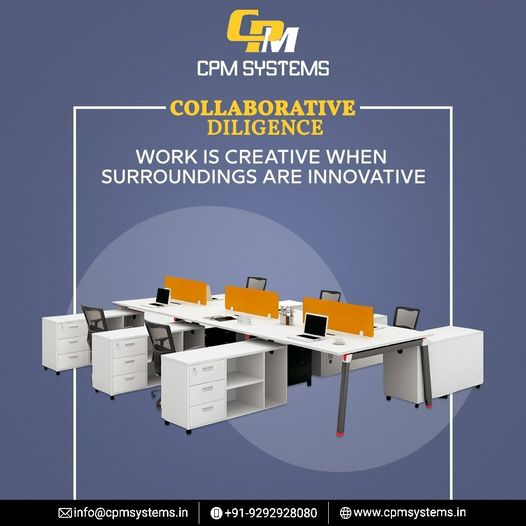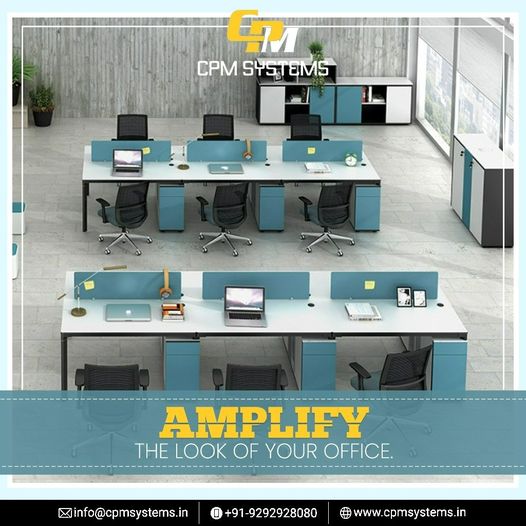This is an article about how the office space layout of the modern tech company has changed. In particular, it’s about how the design of this room affects team members and their well-being.
History of Office Space
The history of office space can be traced back to ancient civilizations. In Ancient Greece, philosophers and scientists congregated in large public buildings to discuss their findings. The first modern office building was the Royal Exchange in London, built-in 1734.
The traditional office has evolved significantly over the years. In the early days, offices were small and cramped. Workers had to sit close together on chairs or stand around a desk. As technology improved, it became possible to create larger and more comfortable spaces.
Today, there are many different types of office space available. Some companies opt for open-plan offices where everyone can see each other, while others prefer private offices with doors that can be closed for privacy. There is also a variety of furniture options available, from couches and chairs to workstations and conference rooms.
The modern tech company benefits from having an updated office space. It allows employees to collaborate more easily and get more done in less time. Office space is also an important part of attracting and retaining top talent. by providing a comfortable and functional workspace, companies can foster a positive work culture that attracts top talent and we are the best office furniture manufacturers in India.

How did we come to the current design?
Design in the modern tech industry has come a long way. Gone are the days of bulky computers, large desks, and typewriters. Today’s offices are sleek and modern, with technology that is always up-to-date. What has led to this change?
There are a few factors that have played a role in the design of office spaces in the modern tech industry. One reason is technological advancement. With new software and hardware releases constantly taking place, businesses need to keep their technology up-to-date to remain competitive. This necessitates changes to office layouts and design to accommodate this equipment.
Another reason for the change in office design is business culture. In the past, companies were more likely to outsource their work to other countries or continents where labor was cheaper. With increased competition from foreign businesses, many American businesses have had to adapt by increasing automation and improving efficiency through better design. This puts greater emphasis on aesthetics and how an office looks, which leads to more modern designs.
In addition, there is a trend towards more individualized work styles in today’s society. As people increasingly work on their own instead of in groups, they require more space and accommodations that are
Pros and Cons of Modern Tech Companies
When it comes to company culture, there is no one-size-fits-all answer. That said, many modern tech companies have embraced a “tech campus” environment – with open floor plans and connectivity among employees – in an effort to foster creativity and collaboration. On the other hand, some employees find this layout distracting and frustrating because it’s hard to get away from the noise and commotion of the office.
In addition to company culture, there are a few other factors to consider when choosing where to work, including office space and technology. In this blog post, we’ll take a look at each of these topics and provide our pros and cons for both traditional offices and tech campuses.
Pros of Traditional Office Spaces:
Convenience: Most people prefer working in an environment that feels familiar – which is why most people prefer working in traditional offices. You can walk to your desk without having to go through a maze of hallways, and you can easily access your files or email.
Why tech companies need to modernize their office space
In recent years, the technology industry has experienced an unprecedented boom. This growth has led to a proliferation of tech companies, which in turn has created a demand for modern office spaces.
Tech companies need to update their offices in order to remain competitive and future-proof. This is especially important as the industry rapidly evolves and new technologies are introduced. Here are five reasons why:
1. Incompatible software: Many older technologies are still in use, which can lead to problems when employees are working with different applications. For example, some software from the 90s is still used in some businesses today. As a result, it can be difficult to work with different programs and files because they’re not compatible.
2. Limited space: Due to the growing number of tech companies, many office spaces are now at capacity or overloaded. This means that tech companies must find ways to efficiently use limited resources. This includes finding ways to create more collaborative environments and convert traditional offices into workspaces that are more technologically advanced and efficient.
3. Lack of training: A lot of new technology is difficult to learn without proper training. For example, employees may need to learn how to use newer file management systems or software applications in order.

What are the challenges with this new office design?
With the move to a more modern work environment, some companies are finding that they’re having to make some changes in their office spaces. In an effort to save on costs and make the office more efficient, many companies are turning to design concepts that were once only found in high-end businesses.
While the changes are undoubtedly helpful, there are a few challenges that companies need to be aware of when making these changes. One of the most important is that not all employees will be comfortable working in a space that is completely new and different from what they’re used to. If they feel uncomfortable or out of place, it can lead to decreased productivity and morale.
Another challenge is that many employees prefer a certain level of comfort when working. If their office is too cold or hot, they may find it difficult to concentrate or stay productive. It’s important to take into account the individual needs of each employee when designing an office space, otherwise, problems may arise down the road.
Conclusion
It can be hard to keep up with the ever-changing trends in office space and design, but that doesn’t mean you have to. In fact, by staying on top of the latest trends, you can help set your company apart from the competition and attract new clients. Here are a few tips for designing an office that is both modern and professional:
1. Use natural materials when possible: This will help your office feel more open and airy, which is sure to boost productivity.
2. Opt for modular furniture: This way, you can easily change the look of your office without having to spend a lot of money or time remodeling.
3. Choose sleek furnishings: If you want your employees to feel like they’re at work instead of in an uncomfortable chair, go for sleek pieces that sit comfortably on the floor rather than towering objects that take up valuable visual space.
